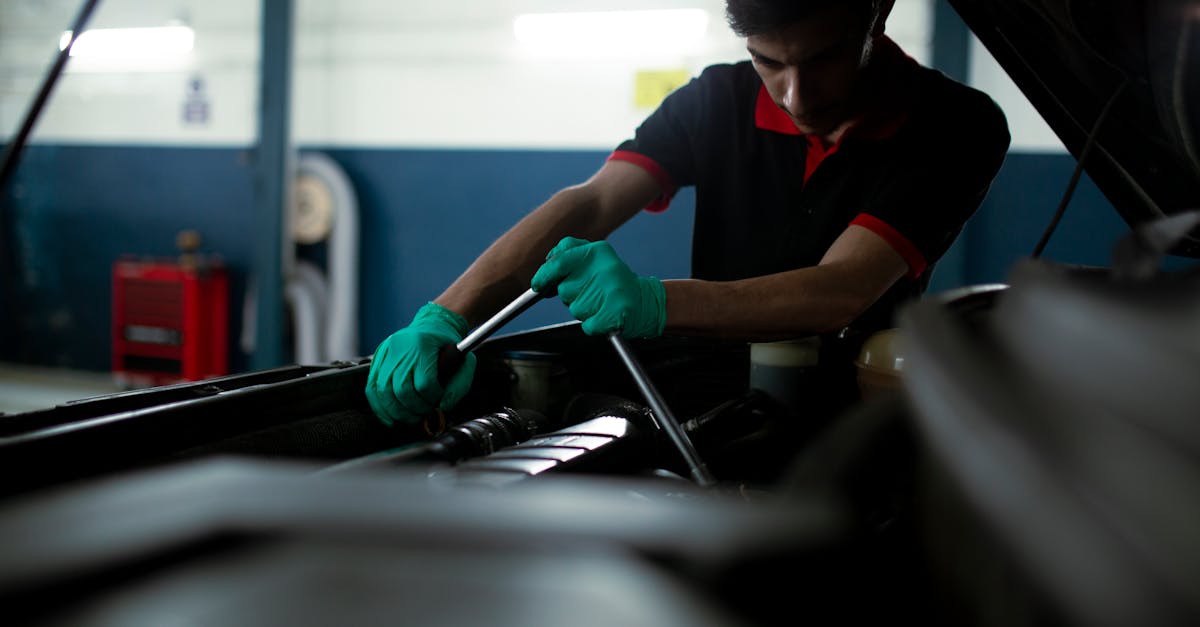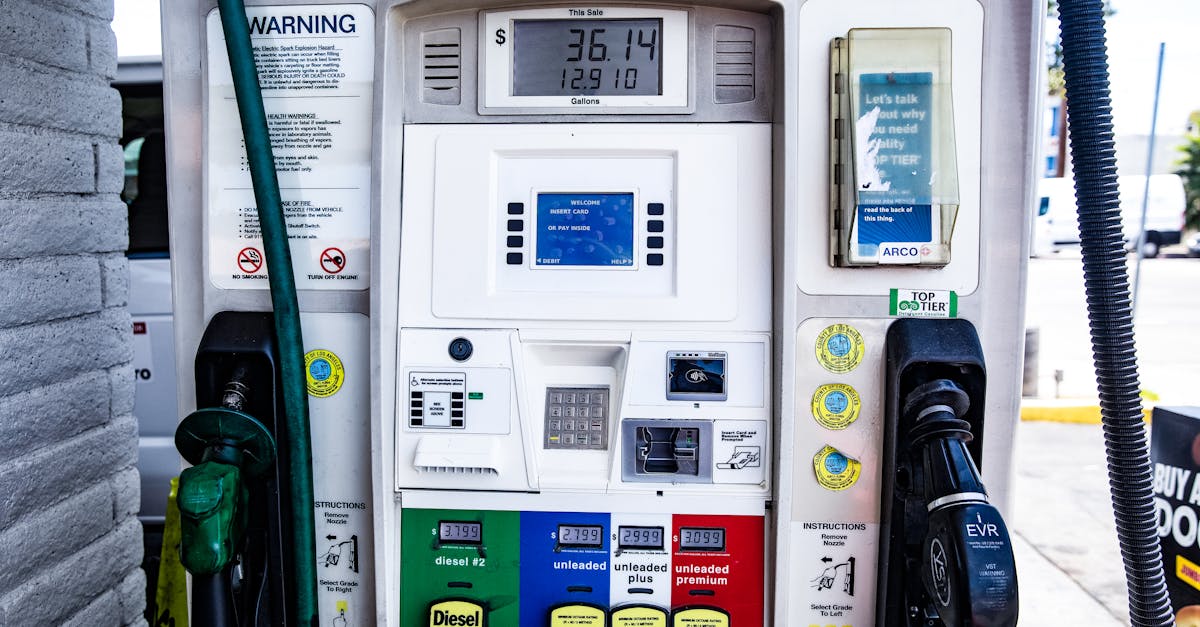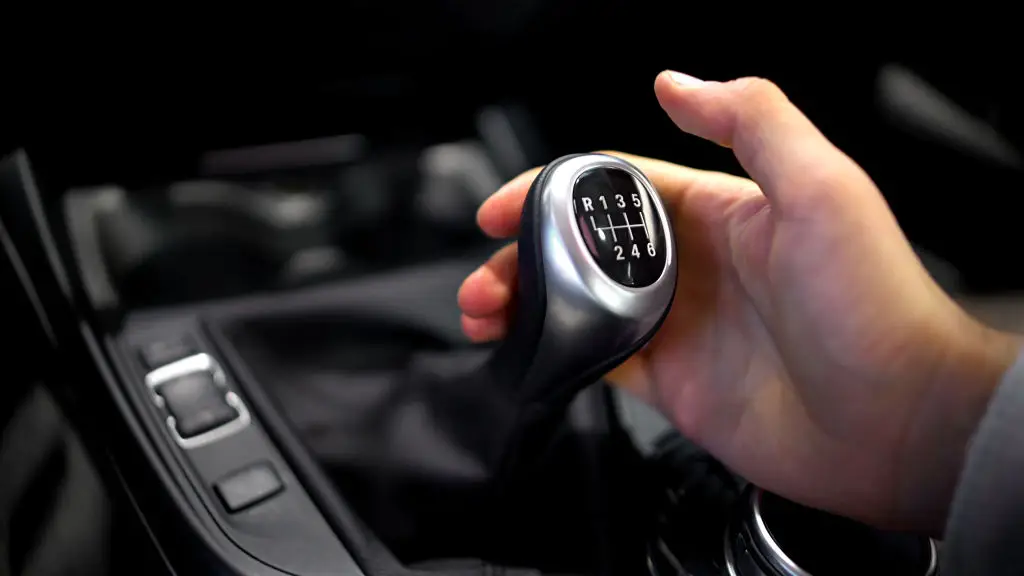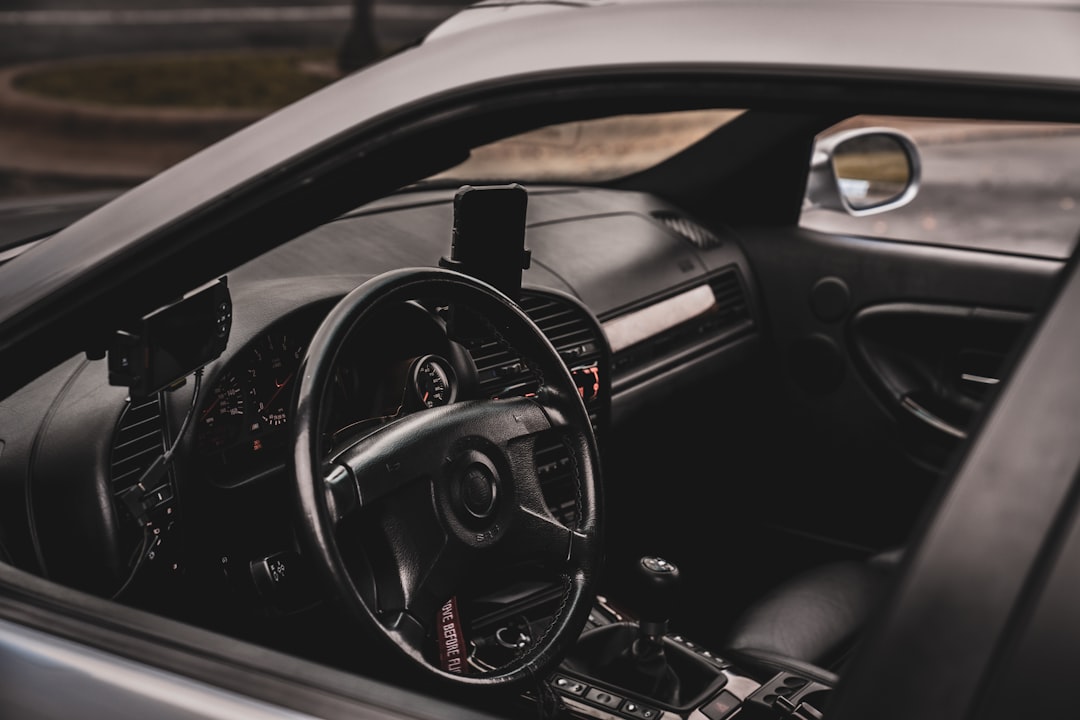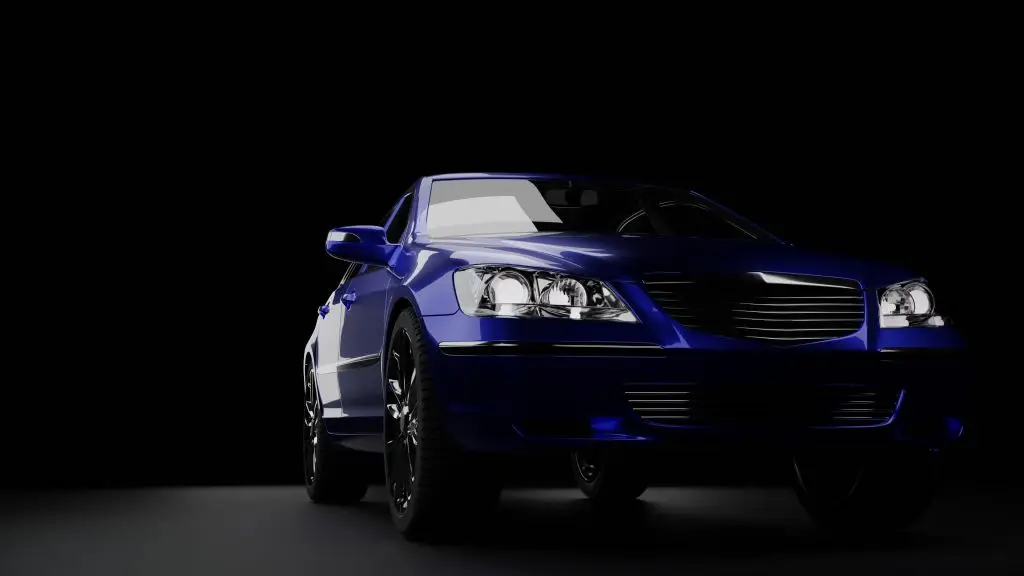7 Revolutionary Classics That Changed Automotive History Forever
The automotive industry has been a beacon of innovation since the dawn of the 20th century, continuously reshaping the way humans perceive and interact with mobility. This journey of evolution is marked by groundbreaking classics that have not only redefined automotive history but have also left an indelible impact on the modern roads we navigate today. These revolutionary vehicles are more than just modes of transportation; they are icons of technological advancement and cultural shifts. As we delve into the stories of 7 such classics, we will explore how each one has contributed to the tapestry of automotive innovation and continues to influence contemporary vehicle design and technology. Let's begin!
1. The Ford Model T: Democratizing the Automobile
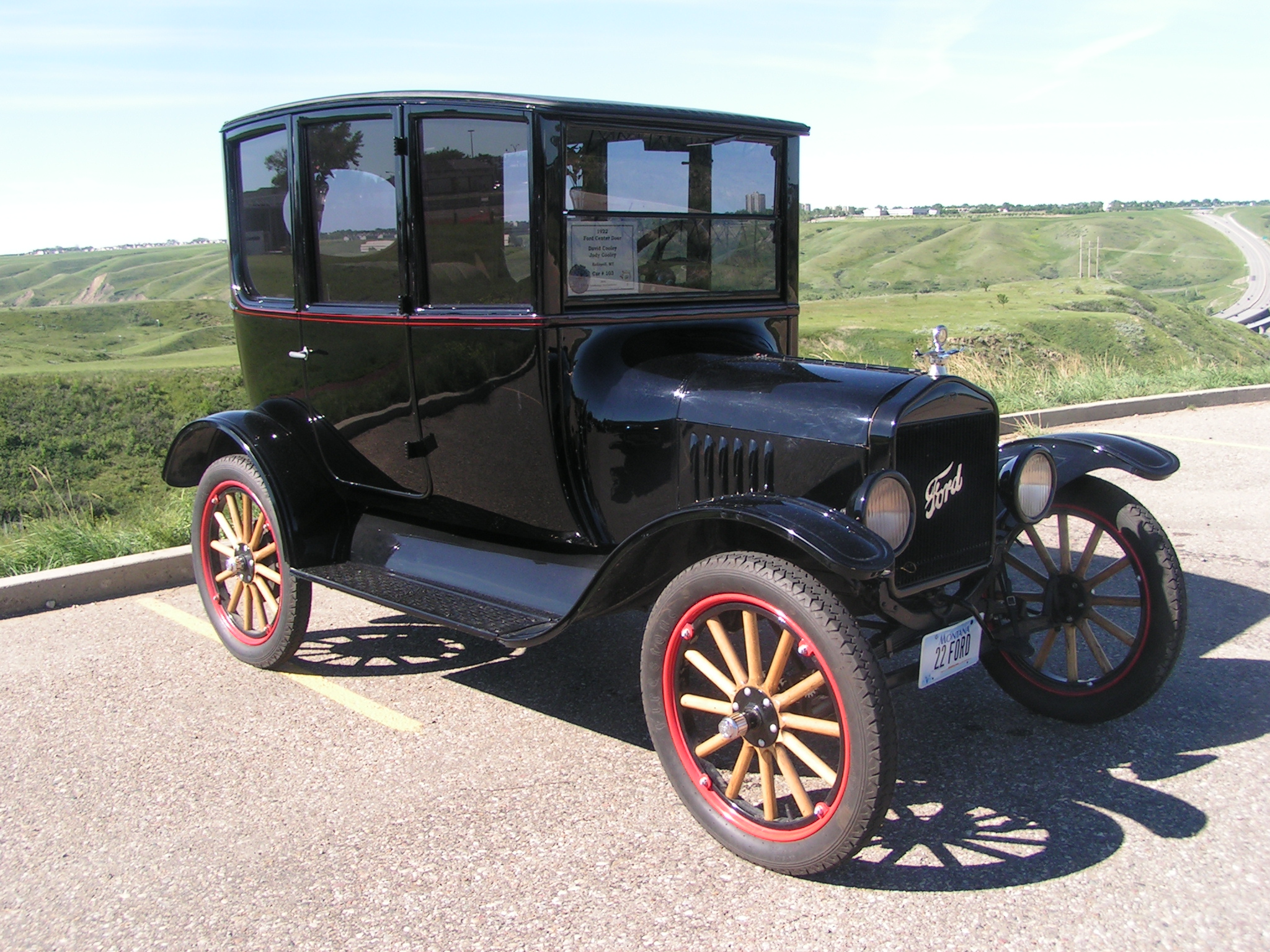
The Ford Model T, introduced in 1908, is often heralded as the car that put the world on wheels. Henry Ford's vision of a car for the masses came to life with the Model T, which was affordable, durable, and easy to maintain. The implementation of assembly line production drastically reduced manufacturing costs, making cars accessible to a broader audience and transforming personal mobility. This democratization of the automobile paved the way for the development of infrastructure such as highways and gas stations, fostering economic growth and societal change. Today, the Model T's legacy is evident in the continued emphasis on affordability and mass production in the automotive industry.
2. The Volkswagen Beetle: A Cultural Icon
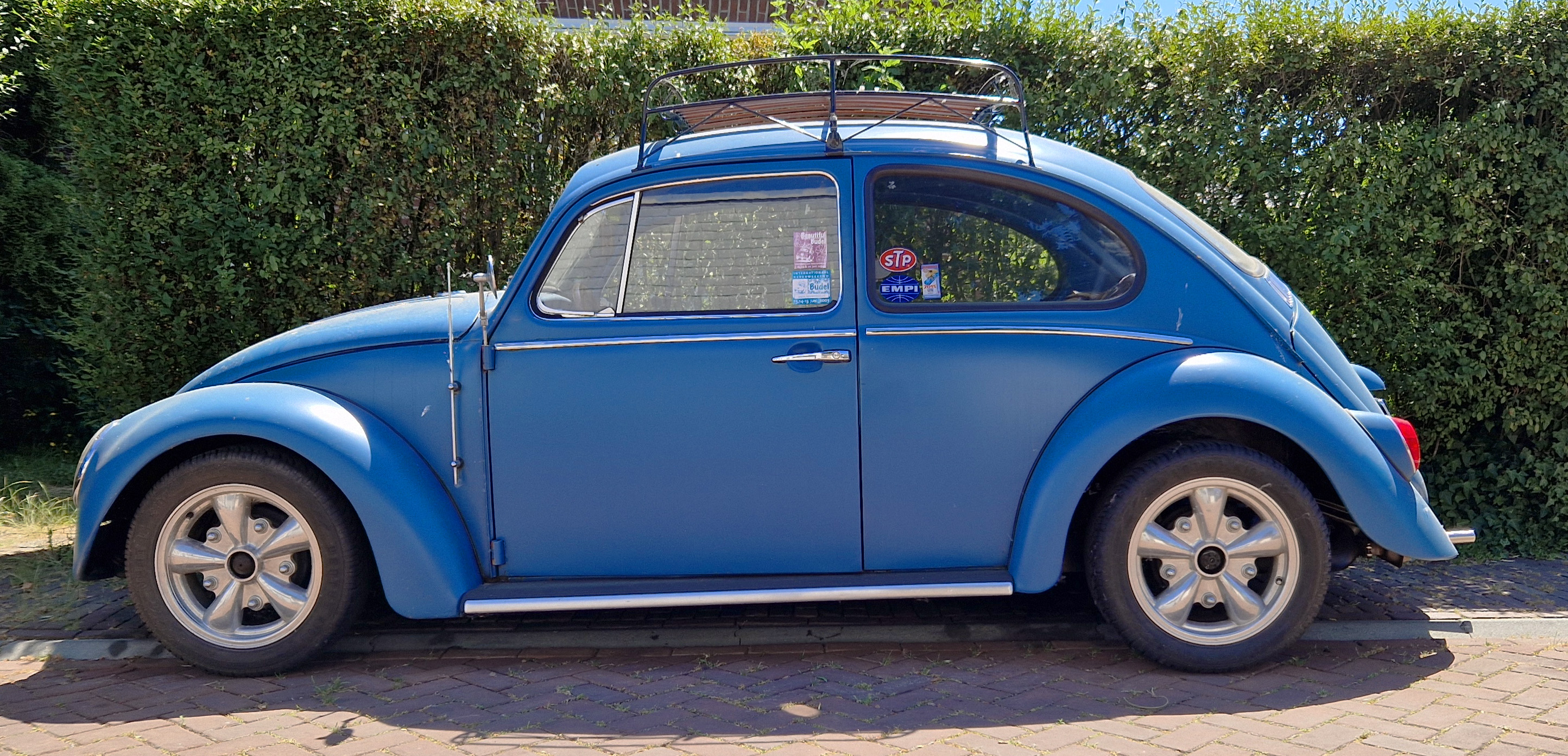
The Volkswagen Beetle, with its unique design and robust engineering, became a symbol of cultural identity and resilience. Initially conceived as a "people's car" in pre-war Germany, it gained international fame in the post-war era, particularly in the United States during the 1960s. Its affordability, reliability, and quirky design resonated with a generation seeking individuality and freedom. The Beetle's impact extends beyond its engineering feats; it became a cultural icon, representing peace, love, and counterculture movements. Its influence is still seen today in the way automotive brands market cars as lifestyle choices, emphasizing individuality and emotional connection.
3. The Mini Cooper: Revolutionizing Compact Design
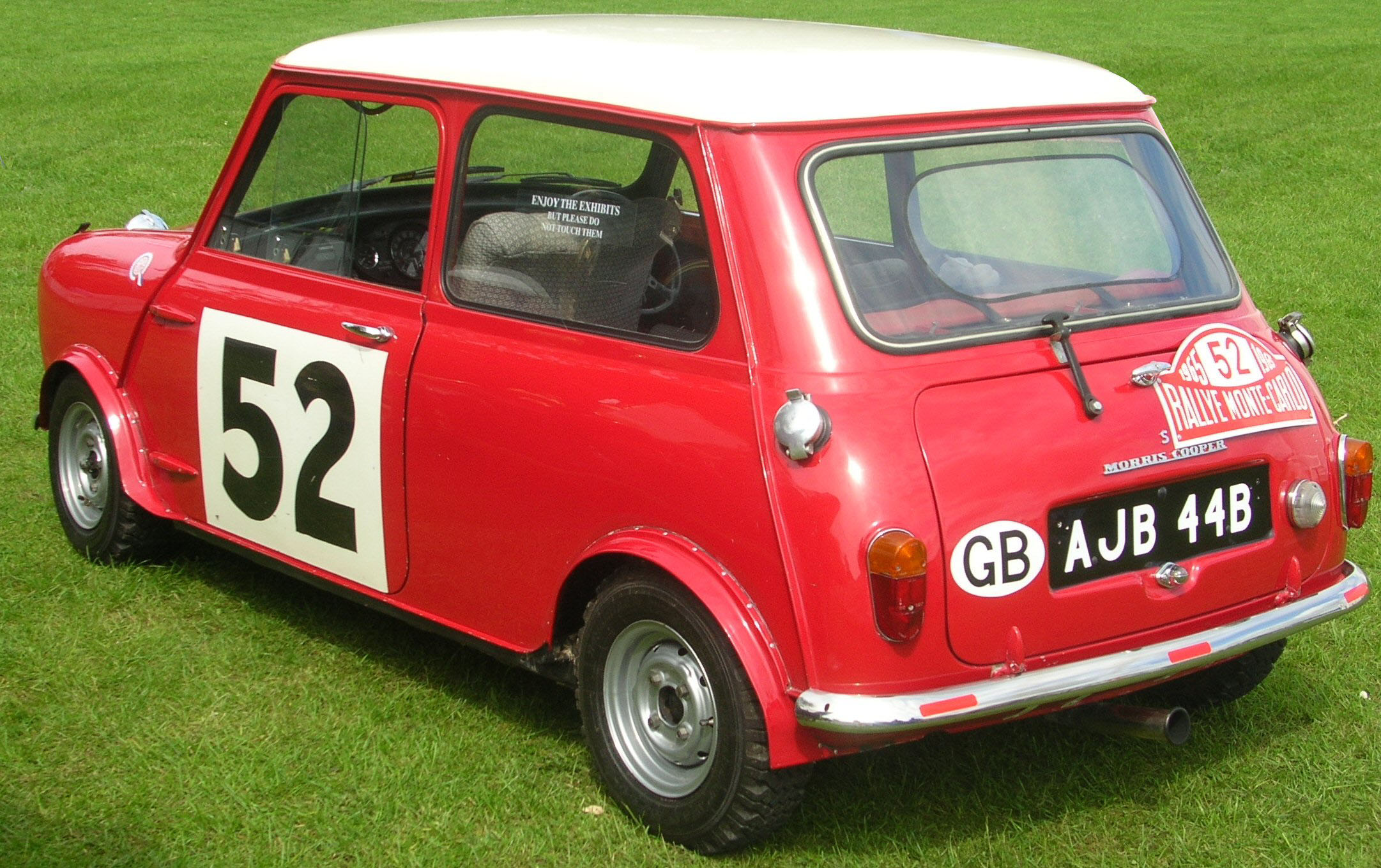
The Mini Cooper, introduced in 1959, revolutionized the concept of compact car design. Created by Alec Issigonis, the Mini utilized a transverse engine layout, maximizing interior space while maintaining a small footprint. This innovative design not only provided exceptional handling and efficiency but also set a new standard for urban mobility. The Mini's success in motorsports, particularly in rally racing, showcased its performance capabilities, further cementing its status as a revolutionary vehicle. Today, the principles of space efficiency and urban adaptability pioneered by the Mini Cooper continue to influence the design of compact and city cars worldwide.
4. The Jeep: Pioneering Off-Road Capability

The Jeep, born out of necessity during World War II, introduced the world to the concept of off-road capability. Its rugged design and four-wheel-drive system allowed it to traverse challenging terrains, earning it a reputation for durability and versatility. Post-war, the Jeep transitioned into civilian life, becoming a symbol of adventure and exploration. Its influence is evident in the proliferation of SUVs and crossovers, vehicles that blend the Jeep's off-road prowess with everyday practicality. The Jeep's legacy is reflected in the modern consumer's desire for vehicles that offer both rugged capability and comfort, a trend that continues to shape the automotive market.
5. The Citroën DS: A Leap in Technological Advancement
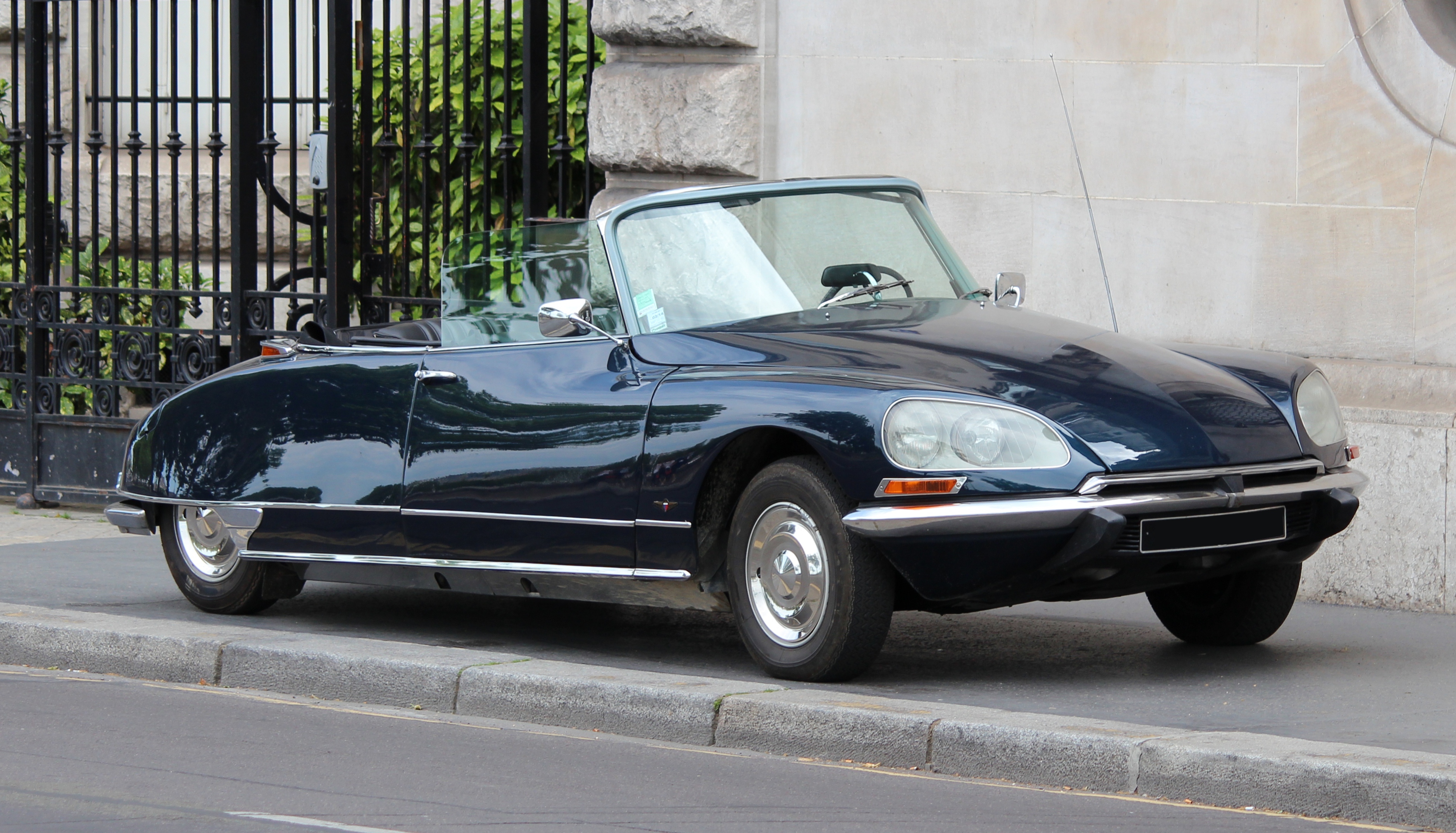
The Citroën DS, launched in 1955, was a masterpiece of automotive engineering and design. Its futuristic aesthetics, combined with groundbreaking technologies such as hydropneumatic suspension, set new benchmarks for comfort and innovation. The DS's ability to maintain a smooth ride regardless of road conditions was revolutionary, influencing the development of modern suspension systems. Its emphasis on aerodynamics and design elegance also pushed the boundaries of automotive styling. The Citroën DS's legacy is visible in today's luxury and high-performance vehicles, which continue to prioritize advanced technology and design sophistication to enhance the driving experience.
6. The Tesla Roadster: Electrifying the Future
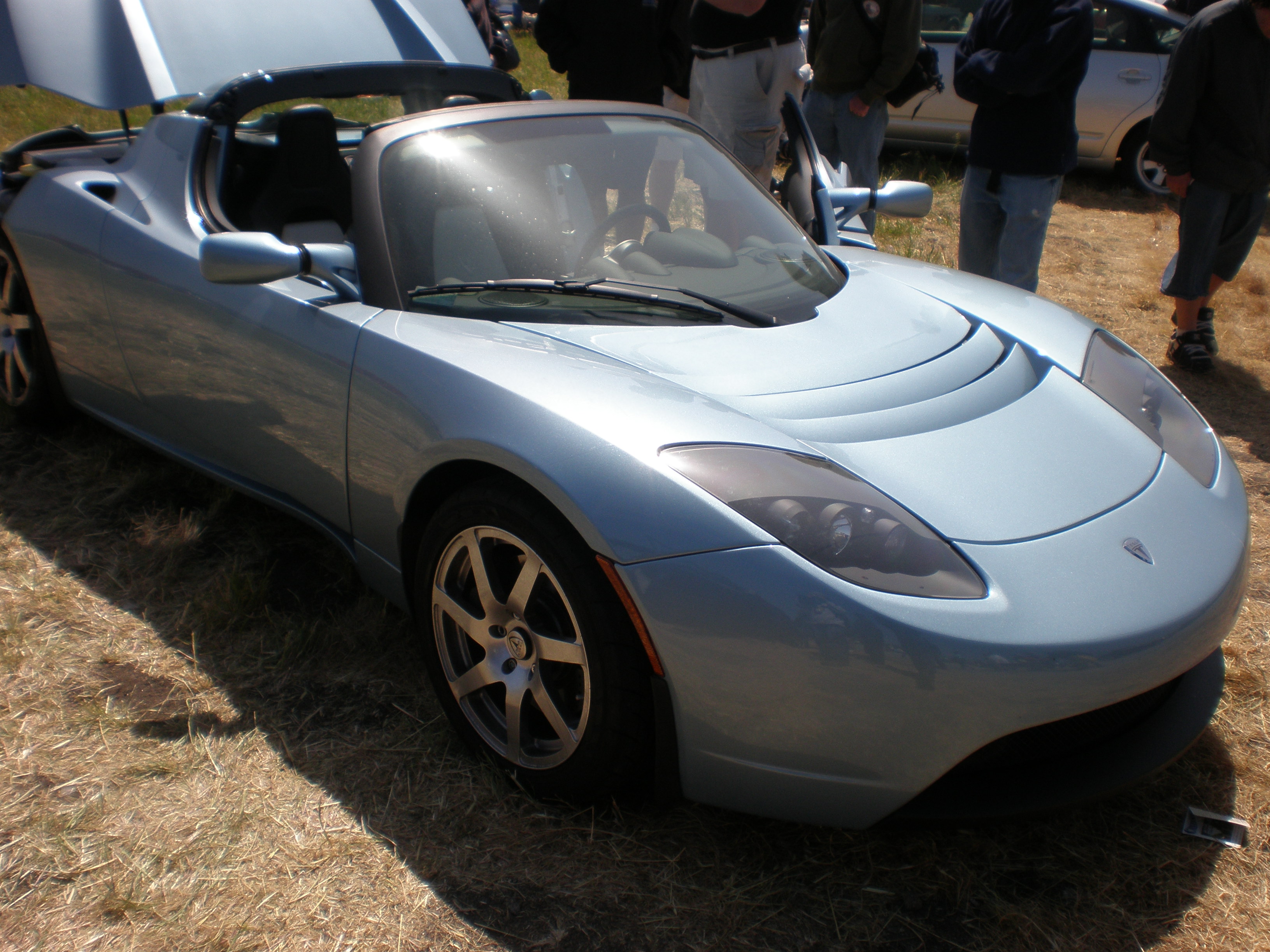
The Tesla Roadster, unveiled in 2008, marked a pivotal moment in the shift towards sustainable transportation. As the first all-electric sports car, it challenged the perception that electric vehicles (EVs) were slow and impractical. The Roadster's impressive range and acceleration demonstrated the potential of electric propulsion, sparking a global interest in EV technology. Tesla's success in making electric cars desirable and viable has accelerated the industry's transition towards electrification. Today, the influence of the Tesla Roadster is evident in the growing lineup of electric vehicles from various manufacturers, all striving to balance performance, sustainability, and innovation.
7. The Toyota Prius: Mainstreaming Hybrid Technology
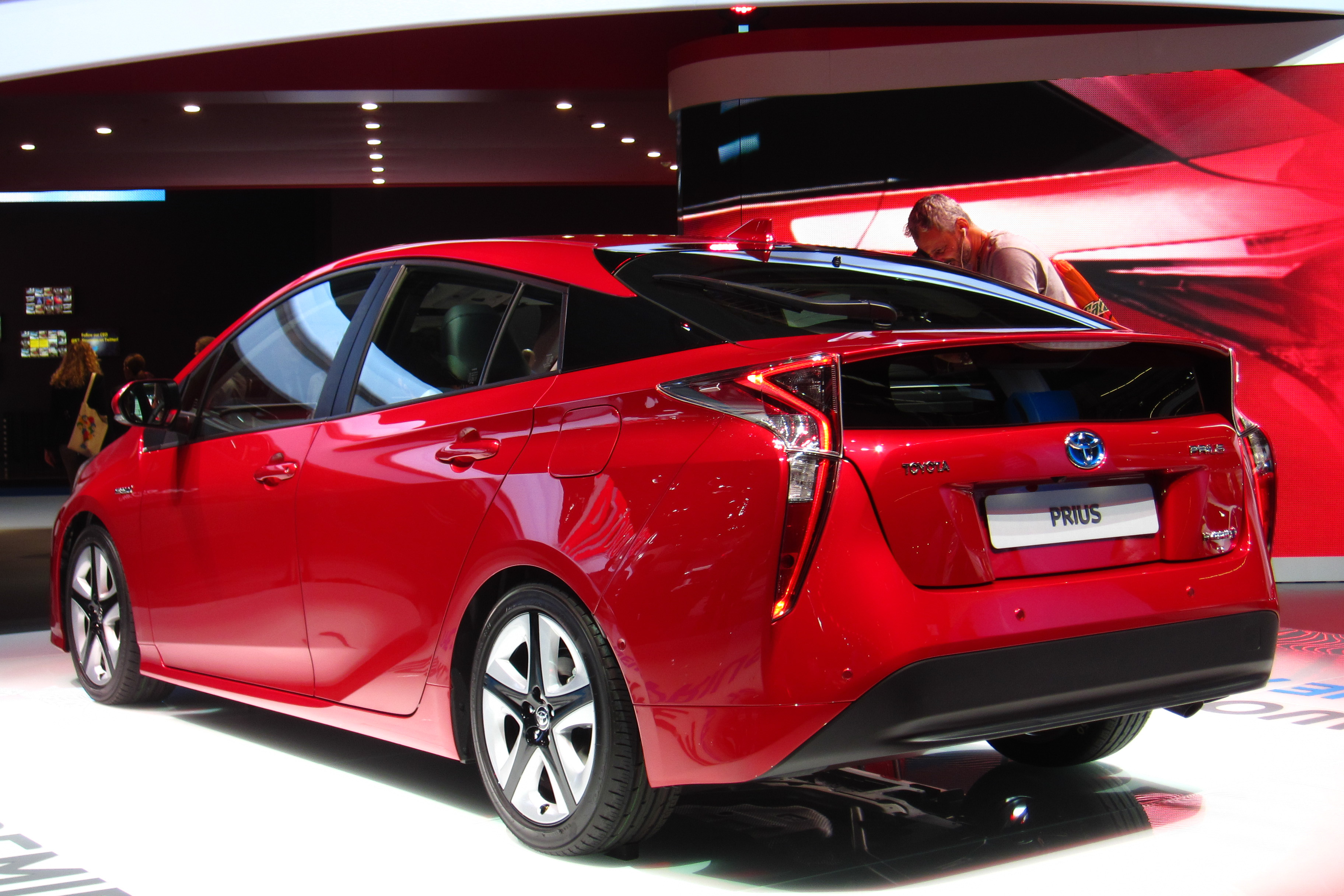
The Toyota Prius, introduced in 1997, was the world's first mass-produced hybrid vehicle, pioneering the integration of gasoline and electric power. Its innovative hybrid technology offered improved fuel efficiency and reduced emissions, appealing to environmentally conscious consumers. The Prius's success helped normalize hybrid vehicles, encouraging other manufacturers to develop their own hybrid models. This shift towards hybridization has played a crucial role in the automotive industry's efforts to reduce its carbon footprint. Today, the Prius's legacy is seen in the widespread adoption of hybrid technology across various vehicle segments, contributing to a more sustainable future.
The Lasting Impact of Automotive Classics
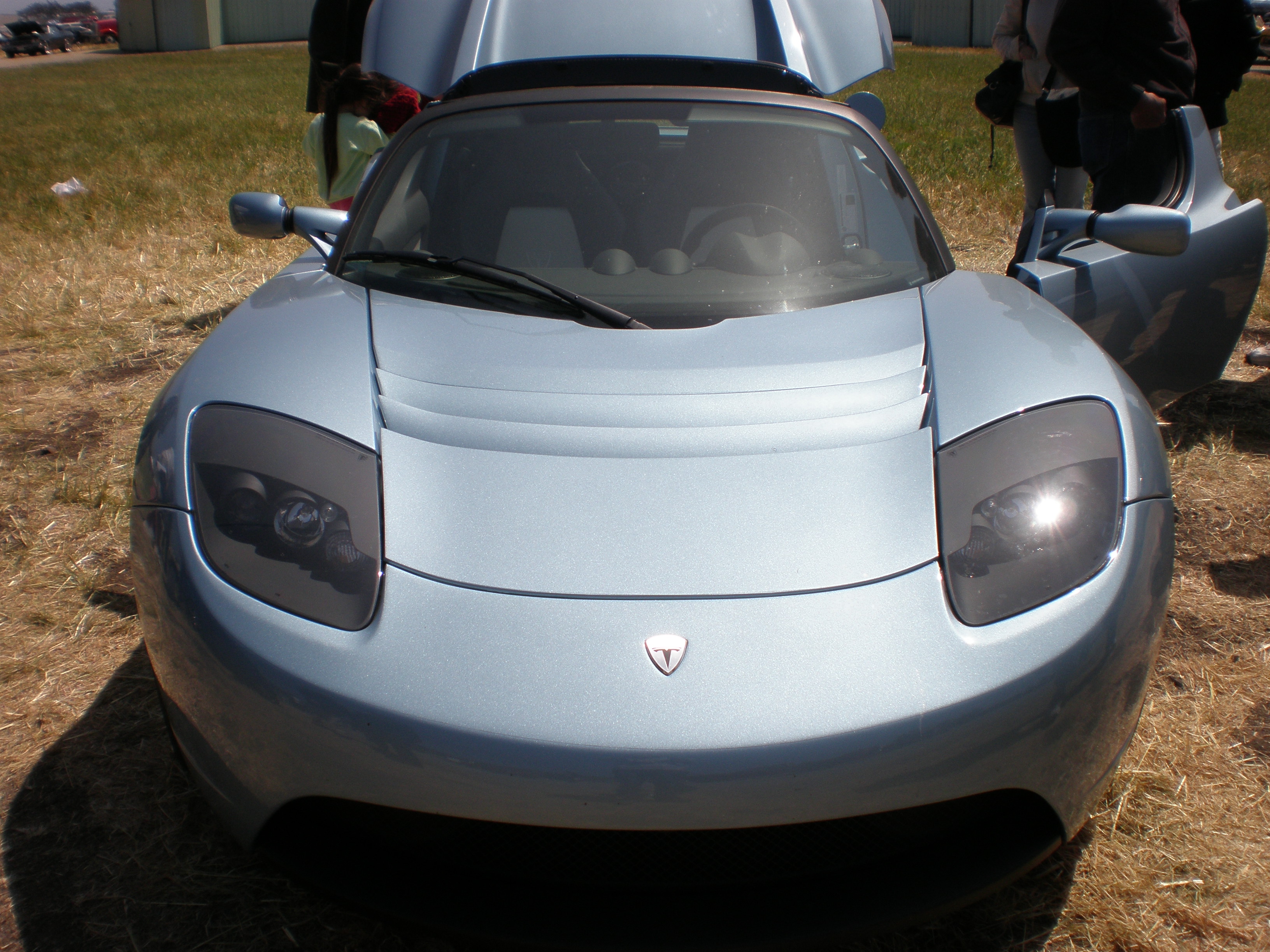
Each of these seven revolutionary classics has left a lasting imprint on the automotive landscape, shaping the future of vehicle design, technology, and culture. From democratizing mobility to pioneering sustainable transportation, these vehicles have not only redefined what cars can be but have also influenced societal trends and consumer expectations. As we navigate the roads of innovation, the lessons and legacies of these classics continue to inspire new generations of automotive engineers and designers. Their impact is a testament to the power of innovation in driving progress and transforming the way we move through the world.

